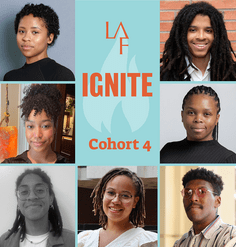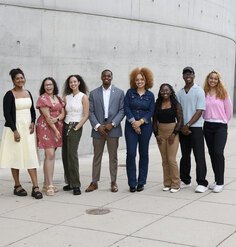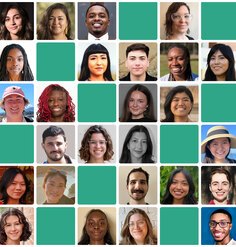Landscape Architecture Student Kanani D'Angelo Wants to Revitalize Native Hawaiian Practices and Protect Her Ancestral Land
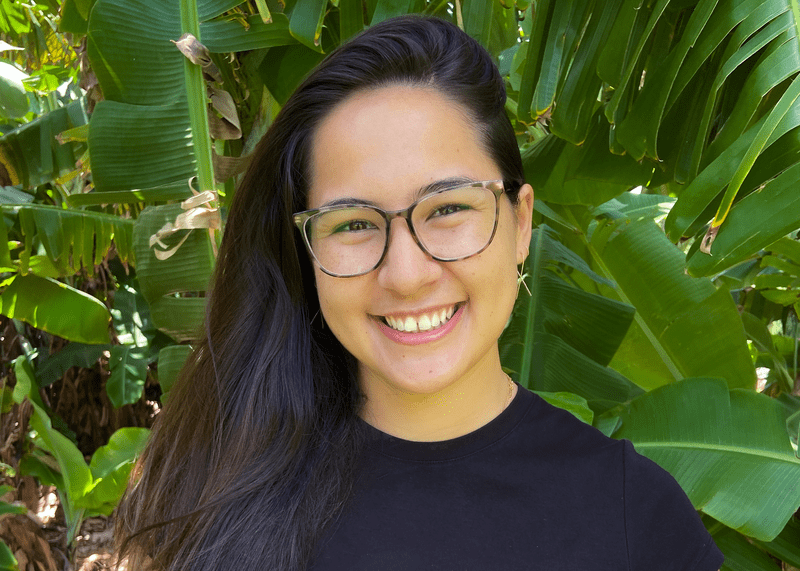
Kanani D’Angelo is the 2024 winner of the Hawaii Chapter ASLA/David T. Woolsey Scholarship. She is pursuing a dual Master of Landscape Architecture and Master of City Planning at the University of California, Berkeley.
Kanani D’Angelo is the ninth generation of her ‘ohana (family) to grow up on their ancestral ʻāina (land) in ʻAiea, Hawai’i, near Honolulu. On about an acre of property, she was surrounded by her family—grandparents, aunts and uncles, and cousins, many of whom are doctors, engineers, artists, and teachers. Kanani learned from all of them and listened to stories about how ʻAiea used to look and where the kalo lo’i (taro fields) and natural spring used to be. She was also told about the losses, how land was taken from her family and other Native Hawaiians, how the land was filled in and the lush nature replaced by a concrete jungle.
There is a saying in Hawaiian, “He aliʻi ka ʻāina, he kauwā ke kanaka,” which means “The land is chief and man is the servant.” Kanani shared this saying as a way to describe her and her family’s philosophy as they work to revitalize cultural practices and revitalize and protect the land. One key project they are involved in is the restoration of Loko Iʻa Pāʻaiau, a 400-year-old royal fishpond.
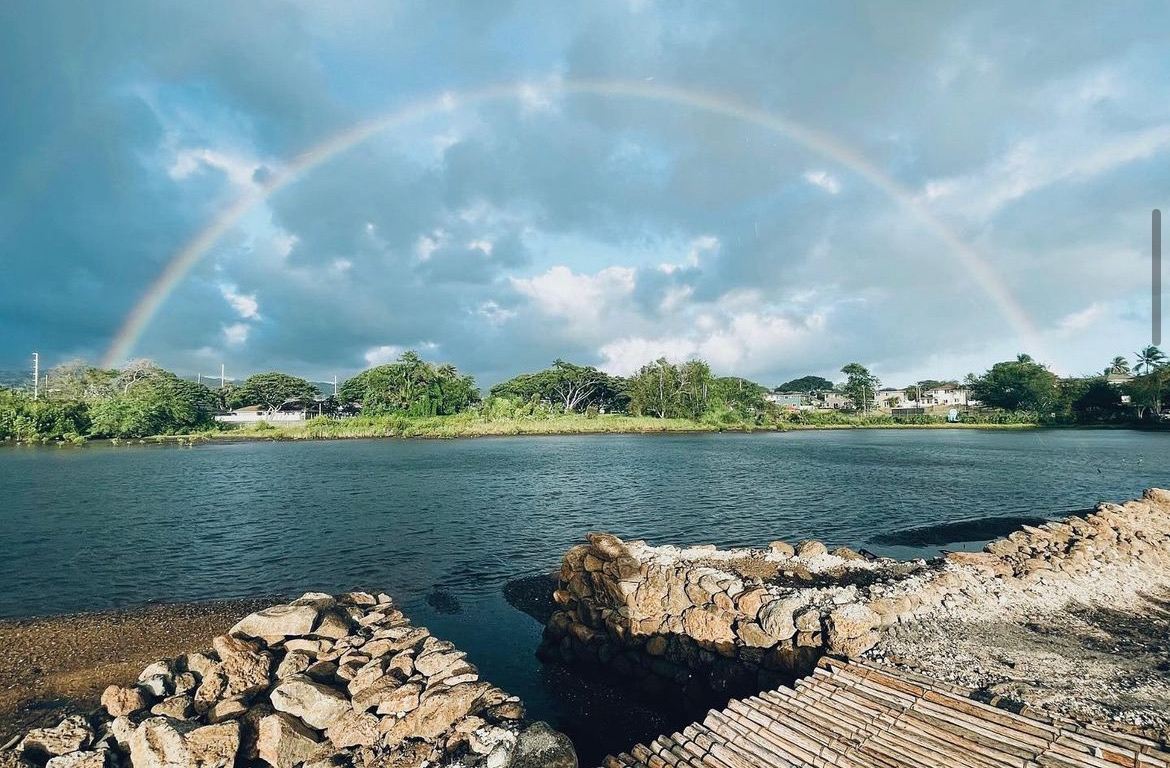
Fishponds were part of traditional aquaculture and the integrated food production system developed by Native Hawaiians. Prior to colonization, these food systems sustained a population of over 600,000 on the islands. The community-led work of restoring Loko I’a Pā’aiau is not just about restoring the land and structures, it’s also a path to reconnecting people with the land. Loko I’a Pā’aiau is on US Navy property. There are historical tensions and trauma between Native Hawaiians and the US military, so Kanani says it’s been beautiful to see people from local families and military families coming together to restore the space, get to know each other, and engage with this history.
Like the taro fields that once were visible from her family land, the fishpond was fed by fresh water, from ma uka (upland). So, a key part of restoration is looking upland to understand how the landscape has been altered. This missing information motivated Kanani’s senior capstone project as an undergraduate student, which she has carried forward into her graduate work. For this project, she took a wider view and analyzed the whole ahupua’a.
An ahupuaʻa is a large traditional socioeconomic, geologic, and climatic subdivision of land. Shared water was a key part of this management system, and boundaries were often streams running from the mountains to the ocean, creating wedges of land. “Watershed” is used as an English translation, so Kanani has essentially been analyzing the state of the watershed in this slice of land running from mountain to ocean and trying to see where that flow is disrupted. Because the ahuapua’a system is traditionally associated with rural areas, she especially sees the need for urban places like downtown Honolulu to better understand what has been done to land and how the city can be better designed to work in harmony with nature.
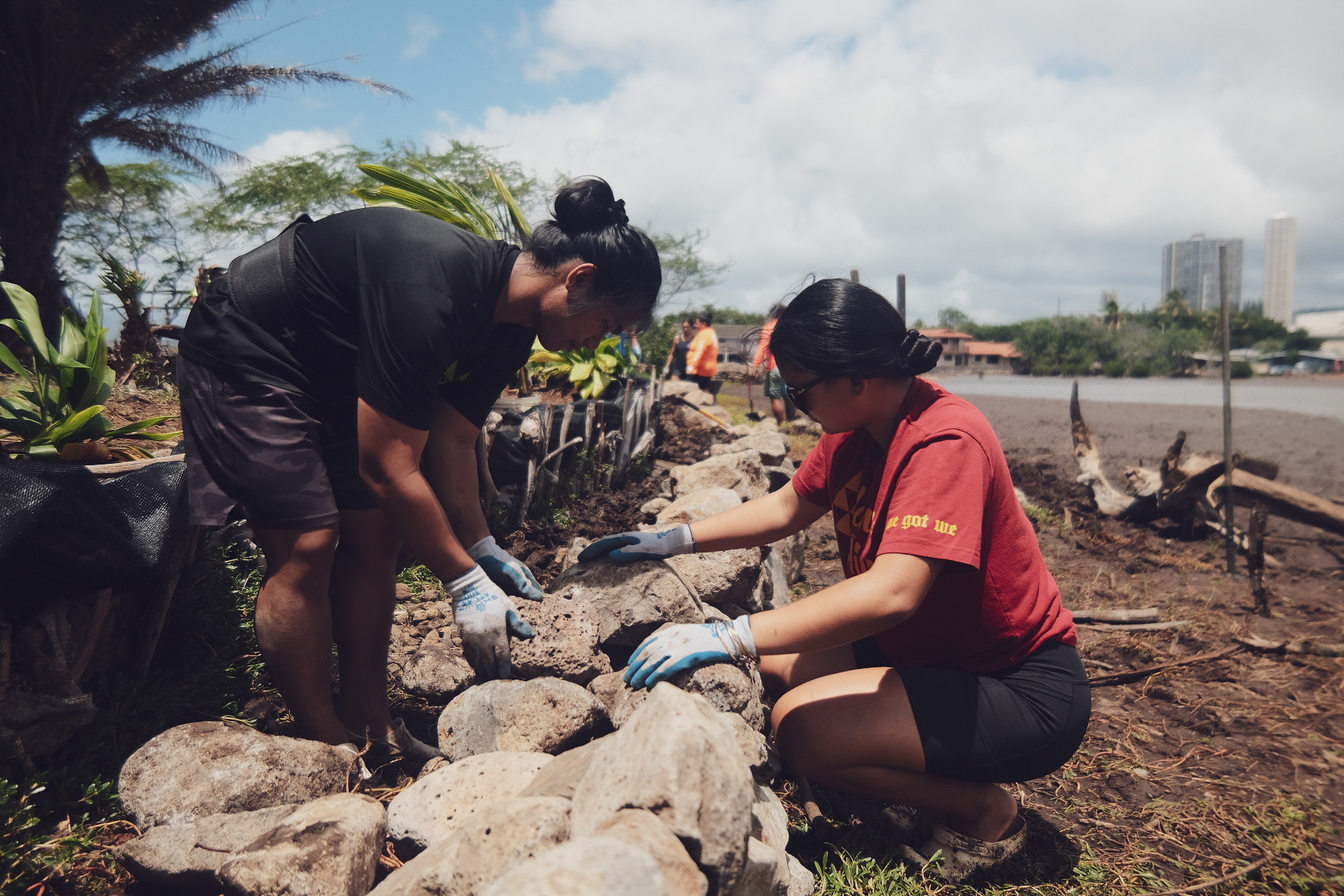
Kanani’s studies and internships have given her experience in landscape architecture and urban planning on the East and West coasts, but she’s looking forward to returning ʻAiea to conduct research for her master’s thesis. She wants to document the different streams in the area and find ways to engage the community in this work. After graduation, she plans to stay in Hawai’i, get to know the local landscape architecture community, and continue her family’s work to protect and restore their home. She sees how so many Hawaiian cultural values translate into landscape architecture, and she hopes to use the discipline to uplift Hawaiian cultural practices.
Over the last decade, Kanani has volunteered and worked for the Honolulu-based Living Life Source Foundation in various ways, including the restoration of Loko Iʻa Pāʻaiau. Founder and CEO Bruce Keaulani had this to say about Kanani in his letter of reference for her scholarship application:
“She is an exemplary Native Hawaiian woman who makes a meaningful difference in the lives of others, through the practice of Aloha…Her heart is filled with Aloha for all people and for the earth, and her spirit touches all who know her…She is the kind of leader that Hawai`i and the Universe needs, as we face the challenges of climate change, and I am certain that through your support, our community will be touched in unimaginable ways by her brilliance.”
LAF scholarship applications open each fall with a Feb 1 deadline. Learn more about available scholarships here.
To stay up to date on news about LAF's research programs as well as our other programs, events, and funding opportunities, subscribe to LAF emails.
